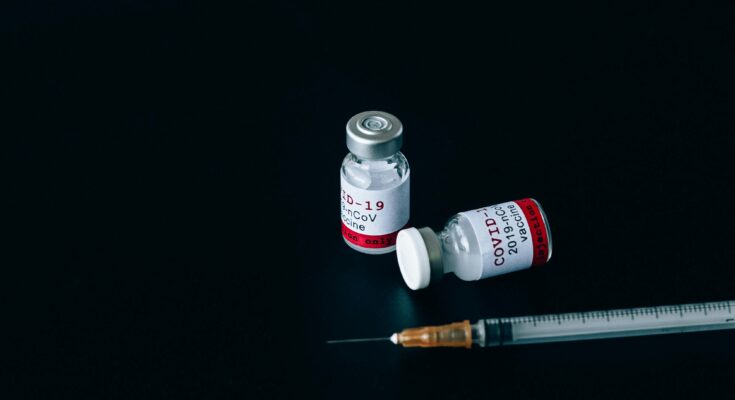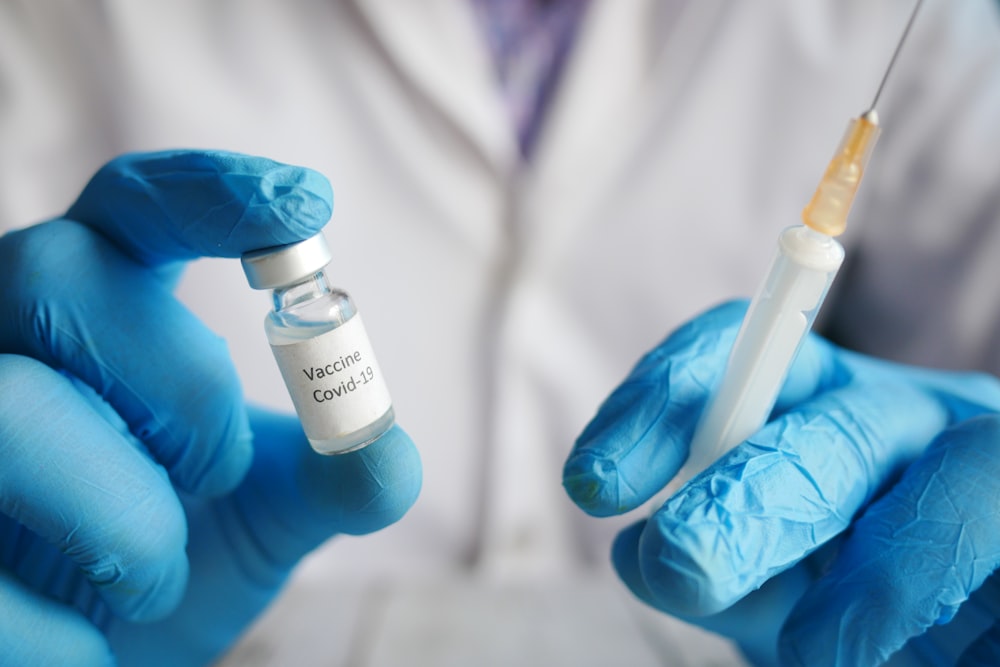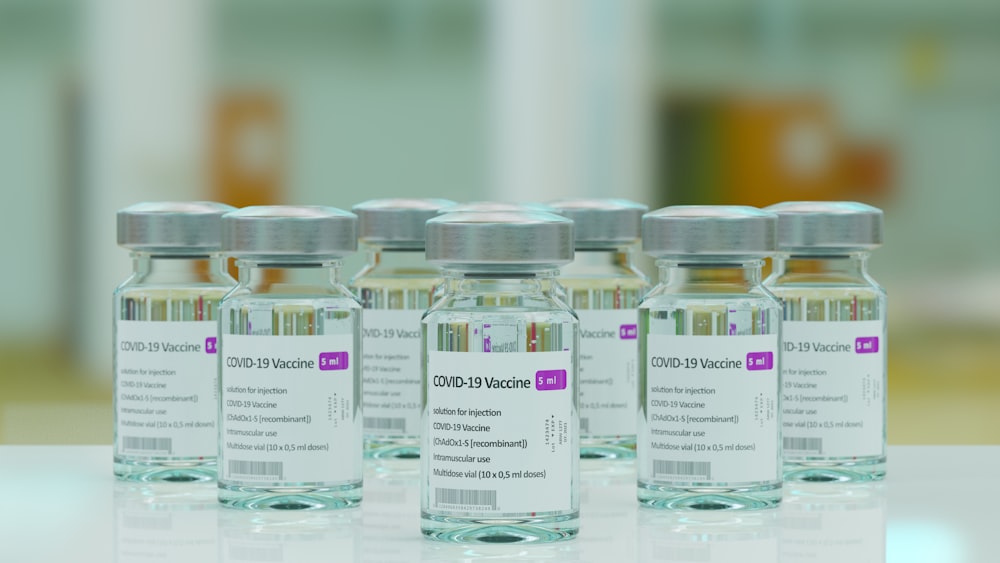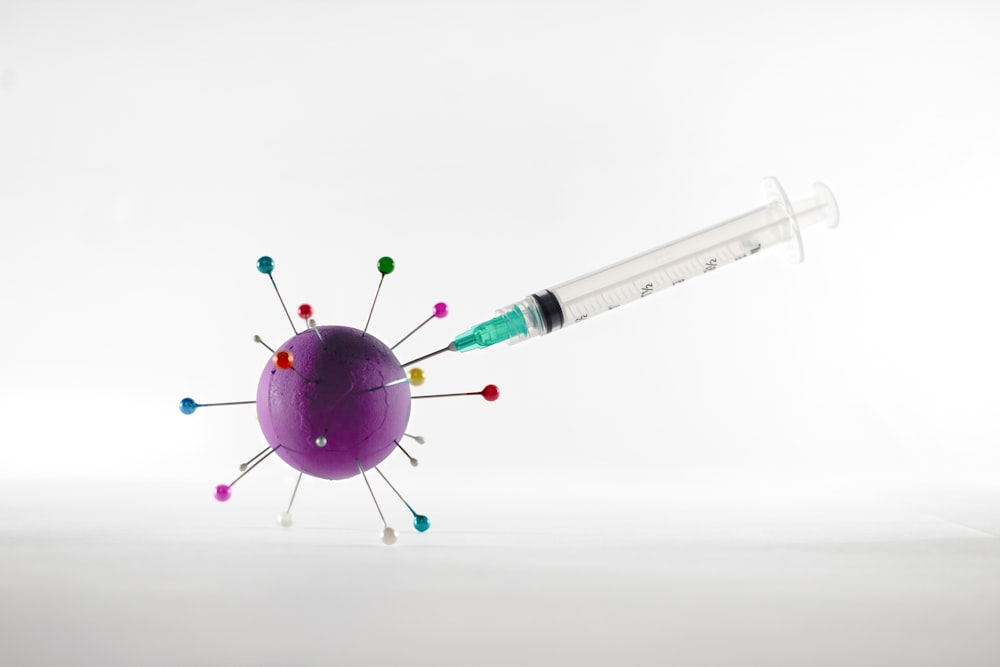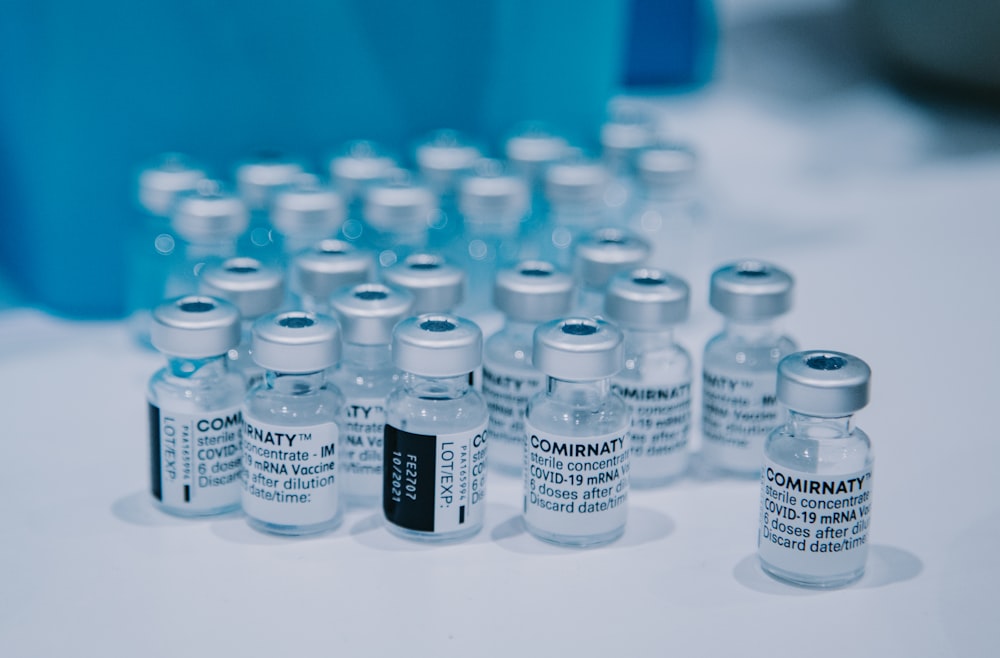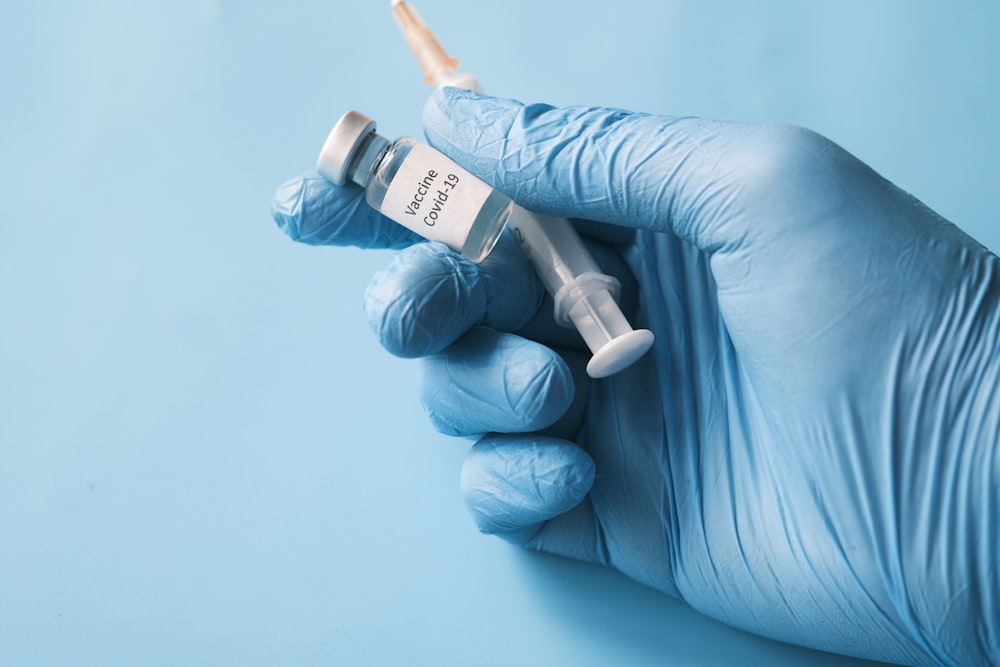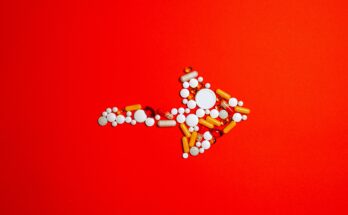Vaccination: How does it work, its types and Functions
Vaccination stands as one of the most remarkable achievements in the history of medicine, playing a pivotal role in safeguarding communities from various infectious diseases. The process involves administering vaccines to stimulate the immune system, enabling the body to recognize and fight off harmful pathogens. This proactive approach to disease prevention has not only saved countless lives but has also contributed significantly to the overall well-being of societies worldwide.
The Historical Triumph of Vaccination
Image via Unsplash.com
The roots of vaccination can be traced back to the late 18th century when Edward Jenner, an English physician, developed the first successful smallpox vaccine. Jenner’s groundbreaking work laid the foundation for the development of vaccines against a myriad of infectious diseases. Over the years, scientists and researchers have tirelessly worked to expand the scope of vaccination, leading to the creation of immunizations against polio, measles, mumps, rubella, hepatitis, and influenza, among others.
Disease Eradication, Control and Vaccination
Vaccination programs have played a crucial role in eradicating and controlling infectious diseases. The successful global eradication of smallpox in 1980 stands as a testament to the power of vaccination. Polio is another disease on the verge of eradication, with concerted efforts through vaccination campaigns making significant progress. By creating a widespread immunity within populations, vaccines break the chain of transmission and effectively control the spread of contagious diseases.
Preventing Outbreaks and Protecting Vulnerable Populations
Image via Unsplash.com
Vaccination is essential for preventing outbreaks of infectious diseases. When a significant portion of the population is immunized, the spread of the disease is curtailed, providing protection to individuals who cannot receive vaccines due to medical reasons, such as allergies or compromised immune systems. This concept, known as herd immunity, creates a barrier that prevents the rapid transmission of pathogens, safeguarding those who are most vulnerable, including infants, elderly individuals, and individuals with certain medical conditions.
Reducing Disease Burden and Healthcare Costs: Vaccination Facts
Vaccination not only saves lives but also alleviates the burden on healthcare systems. By preventing diseases, vaccines reduce the number of hospitalizations, medical visits, and the overall economic cost associated with treating and managing infectious diseases. In the long run, vaccination programs contribute to the sustainability of healthcare infrastructures, freeing up resources to address other pressing health issues.
How Vaccination Work: Vaccination Facts
Image via Unsplash.com
Vaccines stimulate the immune system by introducing a harmless component of the pathogen, such as a weakened or inactivated virus or a piece of the bacteria. This component, known as an antigen, triggers the immune response without causing the disease itself. The immune system then produces antibodies and memory cells that “remember” how to fight the specific pathogen. If the vaccinated person is later exposed to the actual pathogen, the immune system can quickly recognize and neutralize it, preventing the development of the disease.
Types of Vaccines: Vaccination Facts
There are different types of vaccines, each designed to target specific pathogens. Live attenuated vaccines use weakened forms of the virus or bacteria, while inactivated vaccines use killed versions of the pathogens. Subunit, conjugate, and mRNA vaccines use specific components or genetic material to induce an immune response. Each type of vaccine has its advantages and is selected based on the characteristics of the targeted pathogen.
Vaccine Development and Safety
The development of vaccines follows rigorous scientific protocols to ensure safety and efficacy. Before a vaccine is approved for public use, it undergoes extensive preclinical and clinical trials. These trials involve testing the vaccine in laboratory settings. Tests are performed on animals, and in human volunteers to assess its safety, effectiveness, and potential side effects. Regulatory bodies, such as the Food and Drug Administration (FDA) in the United States, carefully evaluate the data before granting approval.
Addressing Vaccine Hesitancy: Vaccination Facts
Image via Unsplash.com
Despite the overwhelming evidence supporting the safety and efficacy of vaccines, vaccine hesitancy remains a global challenge. It is crucial to address these concerns through effective communication, education, and building trust in the scientific community. Healthcare providers, public health agencies, and community leaders play a vital role. They help in disseminating accurate information and dispelling myths surrounding vaccines.
Gavi, the Vaccine Alliance: Vaccination Facts
Gavi, the Vaccine Alliance, is a public-private partnership that focuses on increasing access to vaccines in low-income countries. Established in 2000, Gavi has played a pivotal role in supporting immunization programs. It helps in providing vaccines, and strengthening healthcare systems in vulnerable regions. By collaborating with governments, NGOs, and the private sector, Gavi has contributed to the successful vaccination of millions of children, preventing the spread of deadly diseases.
The World Health Organization’s Expanded Program on Immunization (EPI)
The World Health Organization (WHO) launched the Expanded Program on Immunization to ensure the widespread availability of vaccines globally. EPI has been instrumental in promoting routine immunization schedules, supporting vaccination campaigns, and providing technical assistance to countries in need. The program has been critical in the fight against diseases. Like polio, measles, and tetanus, helping countries establish sustainable immunization practices.
Vaccine Equity
Image via Unsplash.com
Disparities in vaccine distribution, particularly between high-income and low-income countries, highlight the need for concerted efforts to address this imbalance. Initiatives like COVAX, a global collaboration to ensure equitable access to COVID-19 vaccines, underscore the importance of solidarity and cooperation in facing global health challenges.
Emerging Infectious Diseases: Vaccination Facts
The ongoing threat of emerging infectious diseases, exemplified by the COVID-19 pandemic. It emphasizes the need for continuous innovation in vaccine development and distribution. Researchers must remain vigilant, adapting vaccine technologies to address new and evolving pathogens. The global response to the COVID-19 pandemic has showcased the importance of rapid vaccine development, international collaboration, and the role of science in overcoming unprecedented health challenges.
Conclusion

Image via Pexels.com
Vaccination stands as a cornerstone of public health, offering a proactive and effective strategy for preventing infectious diseases. The historical successes of vaccination in eradicating smallpox and controlling diseases like polio underscore its immense impact on global health.

